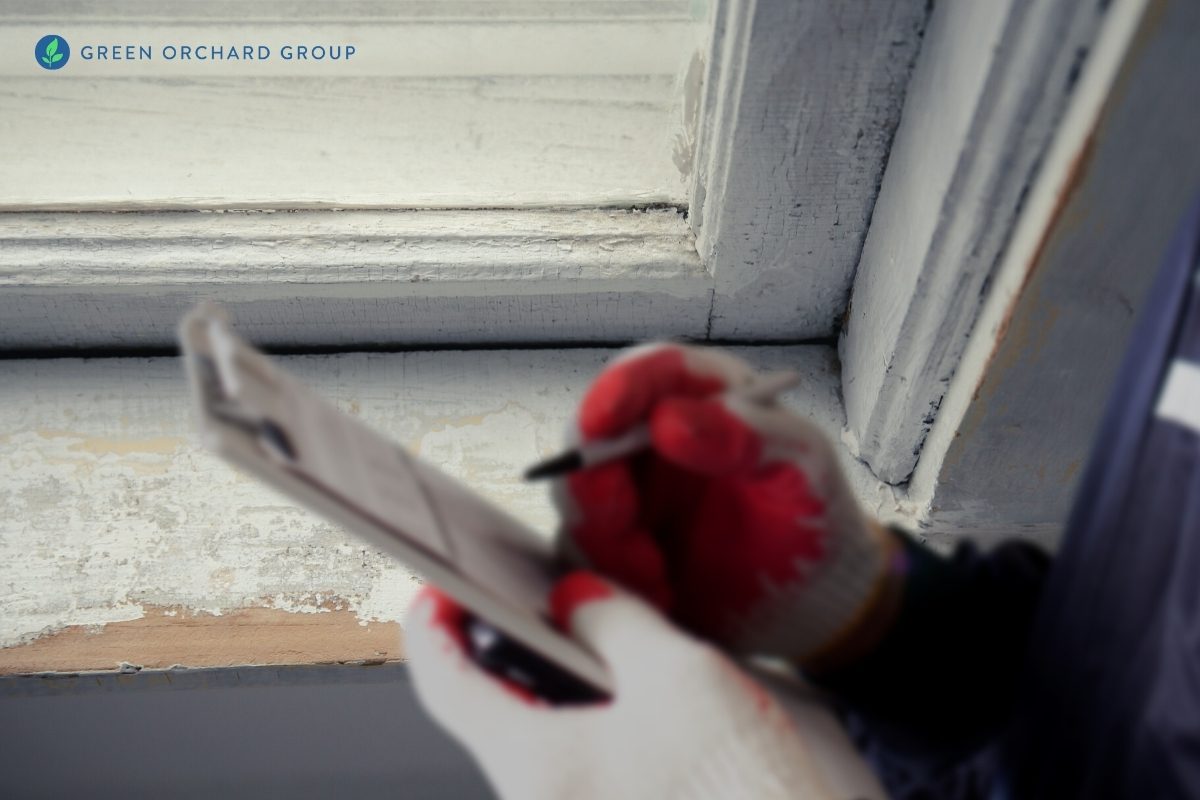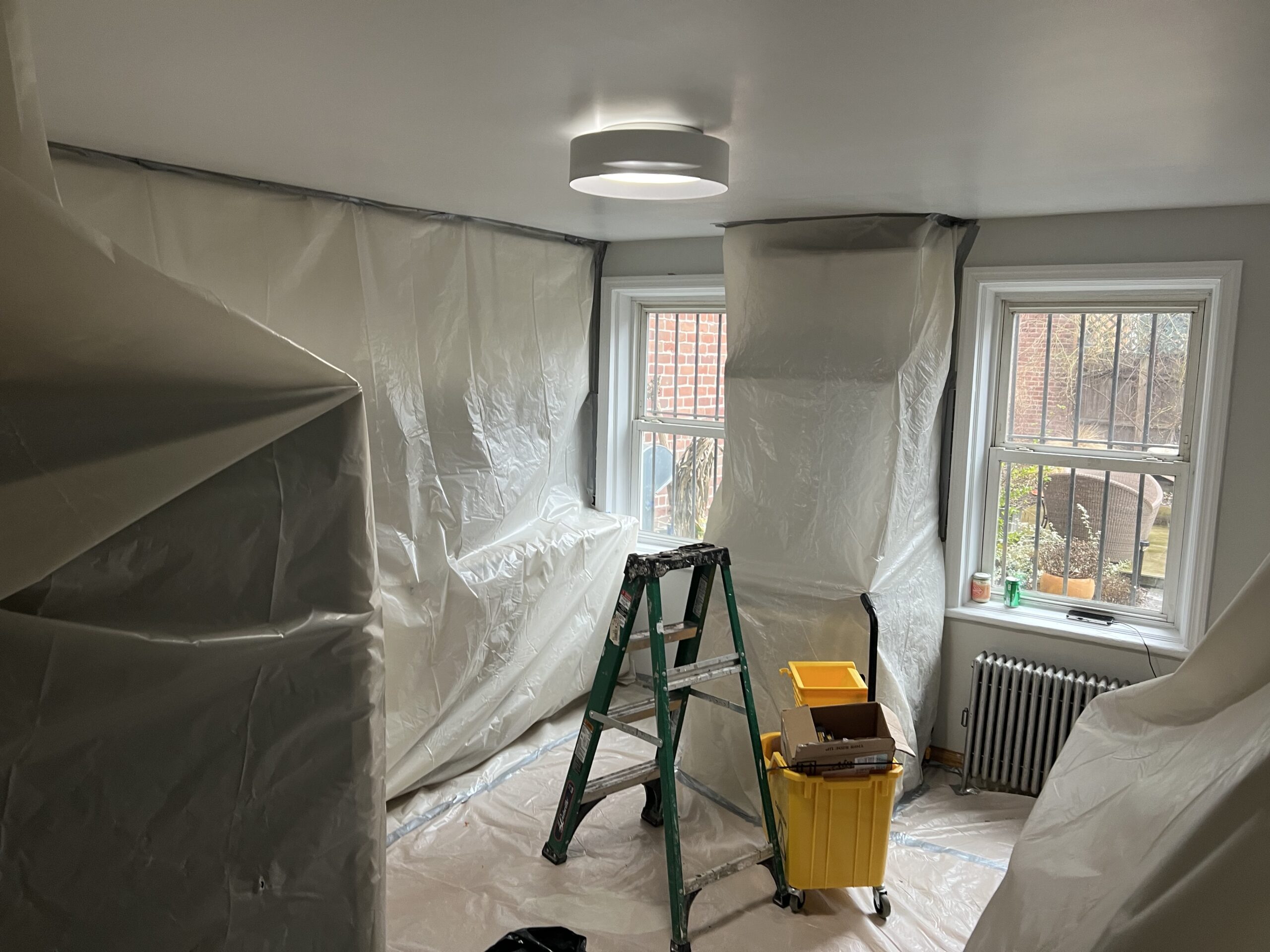Best Practices for Making Certain Safe and Comprehensive Lead Offense Abatement
Attending to lead violation abatement needs a multi-faceted approach to make certain both safety and compliance. It's the last clearance process, involving complete inspections and laboratory testing, that absolutely validates a lead-free atmosphere, guaranteeing long-lasting security. How do these methods adjoin to assure extensive lead abatement?

First Analysis
Conducting a first evaluation is a vital initial step in lead infraction reduction. This phase encompasses an in-depth assessment of the residential or commercial property to identify the existence, extent, and specific locations of lead-based threats. Qualified specialists, such as certified lead assessors or risk assessors, need to carry out a thorough website assessment, utilizing tools like X-ray fluorescence (XRF) analyzers to properly discover and gauge lead concentrations in paint, dirt, dirt, and water.
The assessment needs to also include a testimonial of the building's history, previous records, and any grievances or wellness issues reported by passengers - Lead Removal Contractors. Recording the findings carefully is crucial, as these records develop the basis for establishing a reliable abatement technique. A detailed assessment likewise includes tasting and research laboratory analysis, which are crucial to verify the existence of lead and overview succeeding actions
Furthermore, it is imperative to communicate the results transparently to all stakeholders, including residential property proprietors, lessees, and regulatory authorities. By guaranteeing that the initial evaluation is carried out with precision and rigor, experts can lay a solid foundation for a targeted and effective lead abatement process, ultimately protecting public health and wellness and guaranteeing compliance with regulative standards.
Proper Containment
Correct control is critical to avoid the spread of lead impurities throughout abatement tasks. Properly handling control reduces the risk of lead dirt and debris moving to non-work areas, thereby guarding both the atmosphere and individuals outside the instant work zone.

Normal evaluations of the control area are essential to inspect for violations or weaknesses in the obstacle. Any determined issues must be promptly dealt with to keep the stability of the control. By adhering to these methods, reduction projects can successfully control lead contamination and alleviate associated health and wellness threats.
Worker Security
Making certain worker security is extremely important during lead abatement jobs to prevent work direct exposure to hazardous lead particles. Necessary measures include using individual safety tools (PPE) such as respirators, gloves, and full-body fits particularly made to block lead dust and fumes. Workers ought to go through thorough training on the correct usage and maintenance of PPE, including in shape screening for respirators to make sure optimum efficiency.
Design controls, such as local exhaust ventilation systems, are essential in lessening air-borne lead focus in the job setting. Management controls need to additionally be applied, consisting of restricting the period of direct exposure and revolving employees to lower specific direct exposure times. Normal clinical monitoring and organic tracking are vital for very early detection of lead absorption, allowing timely intervention and therapy.
In addition, developing a purification procedure is essential. Employees need to comply with strict decontamination treatments prior to breaks and at the end of their change to stop lead dust from being carried outside the job location. This includes comprehensive hand and face washing with lead-specific cleaner and altering out of contaminated clothes.
Meticulous Cleaning
Keeping a risk-free workplace expands beyond worker defense and includes thorough clean-up useful source to guarantee lead particles are extensively removed from the website. The process of meticulous cleaning is important in avoiding the recontamination of the abated location and protecting both existing and future passengers.
To achieve an extensive cleaning, all workspace should be methodically decontaminated. This includes making use of specialized HEPA (High-Efficiency Particulate Air) vacuum cleaners and wet-wiping strategies to catch and eliminate great lead dust that might have decided on surfaces. It is essential to clean all horizontal surfaces, consisting of floorings, home window sills, and counter tops, along with upright surfaces that may have entraped lead particles.
Workers have to use appropriate individual protective tools (PPE) during cleanup to stay clear of direct exposure to recurring lead dust. Made use of cleaning materials such as wipes, sponges, and mop heads should be dealt with in accordance with contaminated materials disposal policies.

Final Clearance
Last clearance is the crucial concluding stage of lead reduction that determines whether the site why not try here is risk-free for reoccupation. This essential step involves detailed examination and testing to verify that all lead risks have actually been properly eliminated. The process begins with a visual evaluation by a licensed lead-based paint assessor or threat assessor to make certain no visible dust or debris remains. This is followed by gathering dust wipe samples from various surfaces, including floors, windowsills, and other horizontal surfaces. Lead Removal Contractors.

Final clearance testing not just see here now safeguards future residents yet likewise makes sure compliance with local, state, and government policies. Furthermore, it acts as a documented validation of the reduction professional's adherence to sector finest practices. Making certain a complete and successful last clearance is important in guarding public health and wellness and fostering depend on in the abatement procedure.
Conclusion
Making sure safe and complete lead violation reduction necessitates a diverse strategy including first assessments with sophisticated detection techniques, effective control strategies, rigorous worker security methods, and careful cleaning treatments. The last clearance phase, featuring comprehensive inspections and lab testing, is critical to validate conformity with EPA requirements. Adherence to these ideal techniques ensures a risk-free atmosphere for occupants, mitigates health and wellness threats, and supports regulatory requirements, consequently advertising public wellness and safety and security in lead-affected locations.